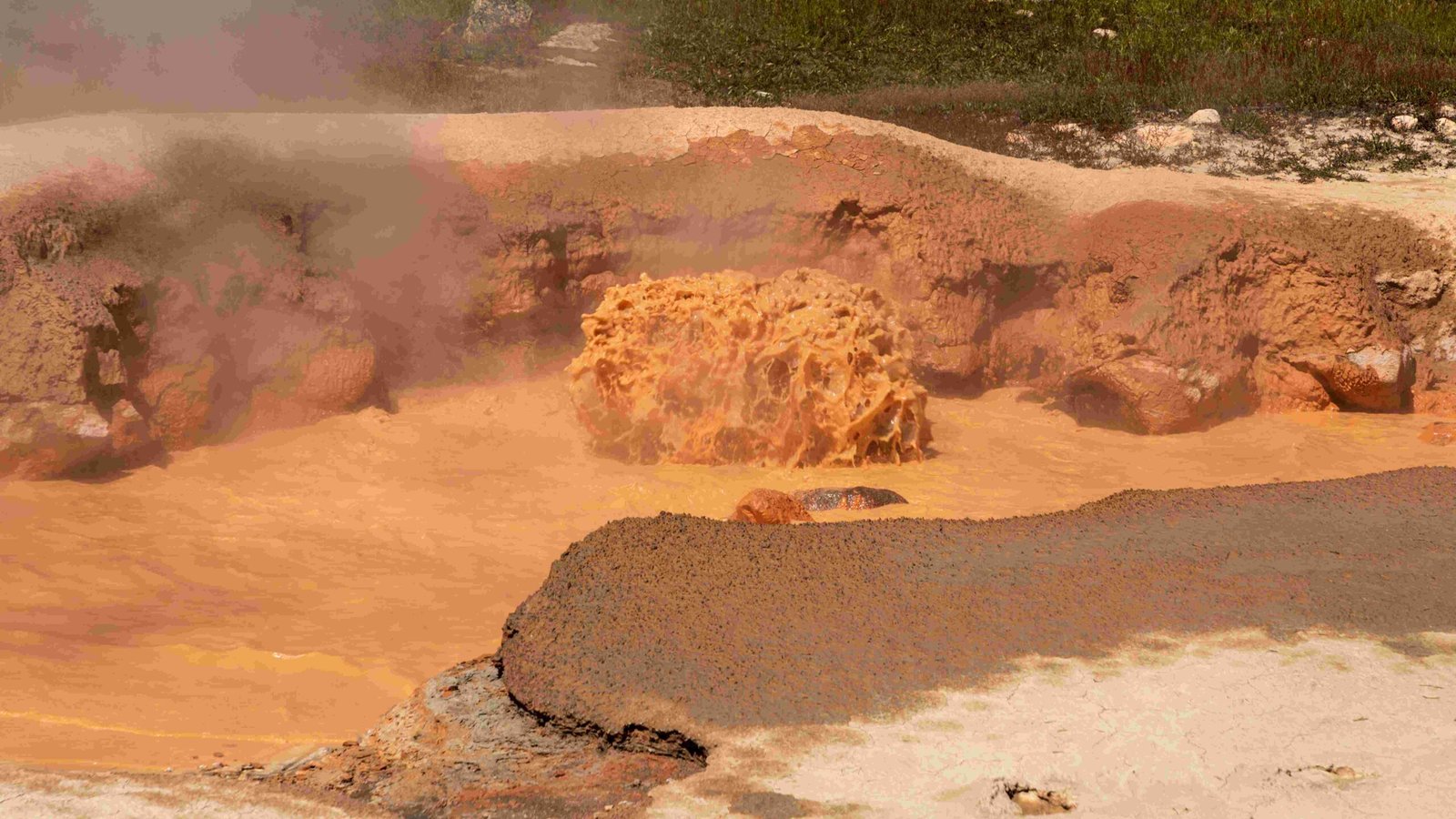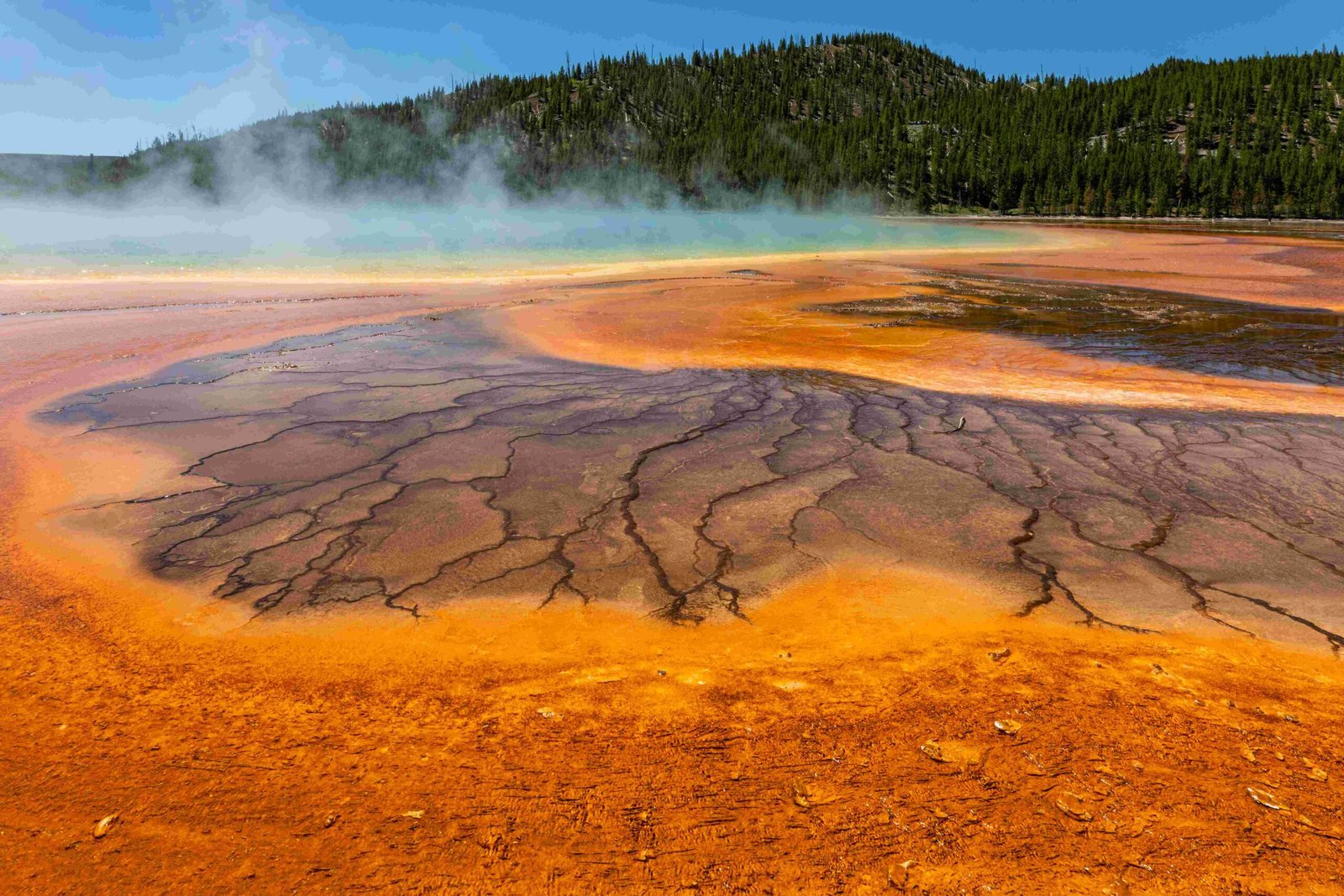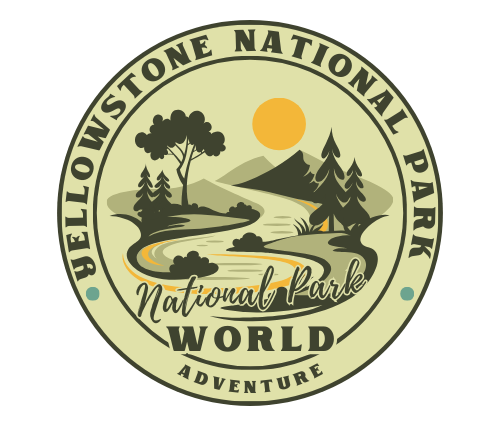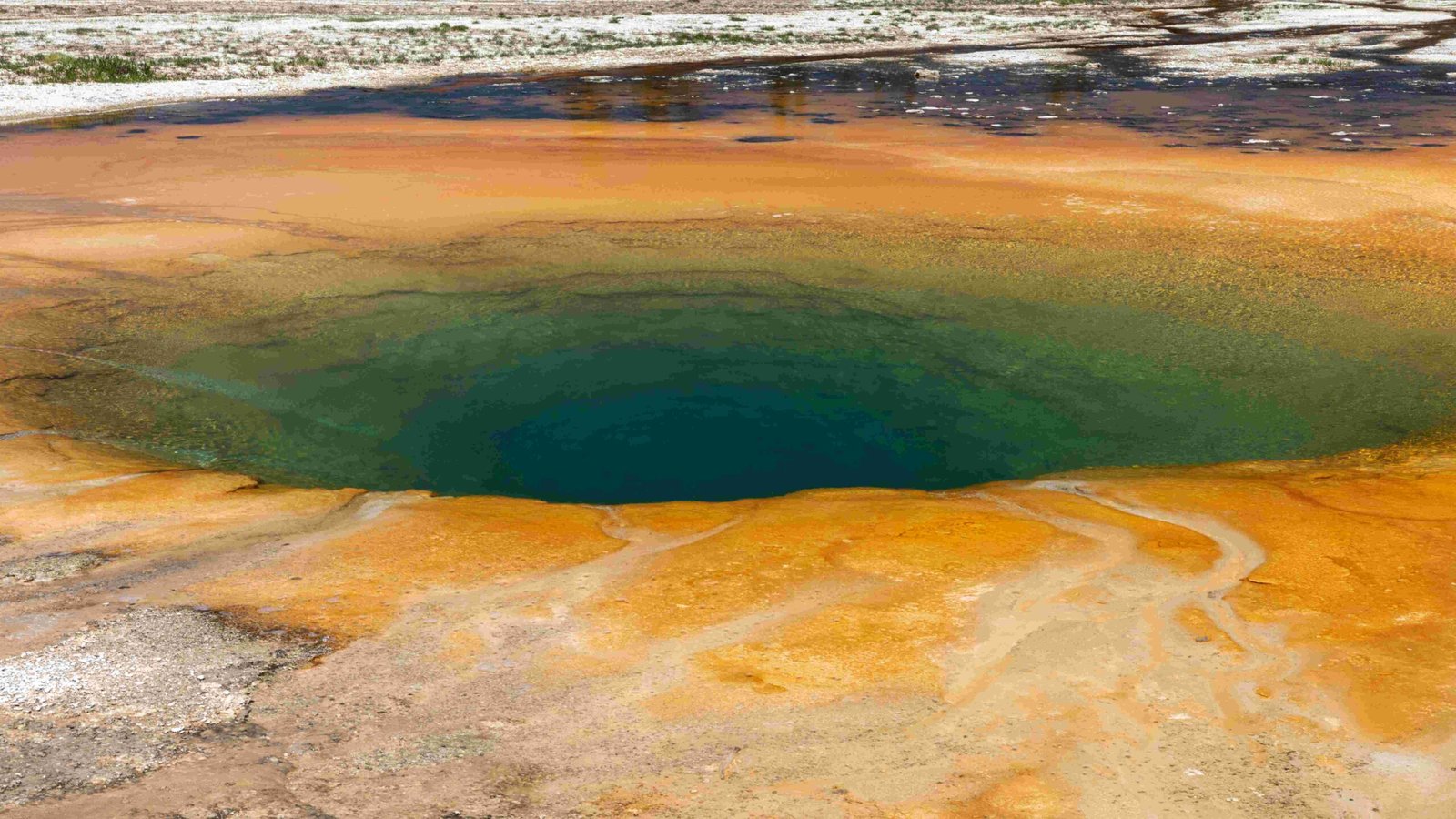Yellowstone National Park, renowned for its diverse wildlife and stunning landscapes, has a complex history of human-animal interactions. While animal attacks are relatively rare, they do occur and can have serious consequences. This article explores the statistics, recent incidents, safety measures, and historical context of animal attacks in Yellowstone, focusing on the most common culprits: grizzly bears and bison.
What are the Statistics on Yellowstone National Park Animal Attacks?

Incidents and Types of Animals
- From 1979 to 2019, bears were responsible for 45 visitor injuries or fatalities in Yellowstone National Park.
- 37 incidents involved grizzly bears
-
5 incidents involved black bears
-
Grizzly bears and bison are the most common animals involved in attacks.
- Grizzly bears account for the majority of fatal attacks
- Bison are known for their unpredictable behavior and can be extremely dangerous if provoked
Frequency and Locations
- The risk of a fatal grizzly bear attack is approximately 1 in 26.2 million park visits.
- Most fatal bear attacks occur in remote backcountry areas.
- 75% of bear attack victims are men, often in small groups or alone.
- Between 1979 and 2019, 44 people were injured by bears in the park.
- The majority of these incidents happened in backcountry areas rather than developed areas.
What are Some Recent Wildlife Incidents in Yellowstone?

While detailed incidents for the last 5 years are not extensively documented in the provided sources, here are some notable recent events:
- 2015: A tourist was killed by a grizzly bear while hiking alone in the park.
- 2018: A woman was seriously injured by a bison after approaching it to take pictures.
- 2021: Backcountry guide Charles “Carl” Mock was fatally attacked by a grizzly bear while fishing alone.
These incidents highlight the importance of following safety guidelines and maintaining a safe distance from wildlife.
What Safety Tips Should Visitors Follow to Avoid Animal Attacks?
General Precautions
- Hike in groups of three or more people to reduce the likelihood of bear attacks.
- Stay alert and make noise while hiking to avoid surprising animals.
- Carry bear spray and know how to use it.
Specific Precautions for Each Animal
Grizzly Bears
- Maintain at least 300 feet (91 meters) distance from grizzly bears and wolves.
- If attacked, drop to the ground and play dead.
- Do not run during encounters with bears, as this can trigger a chase response.
Bison
- Keep at least 25 yards (23 meters) away from bison and elk.
- Be cautious and avoid getting too close or provoking bison, as they can be unpredictable.
Elk
- Maintain at least 25 yards (23 meters) distance from elk.
- Be particularly cautious during elk mating season (September to November) when males can be aggressive.
Emergency Contact Procedures
- If you encounter an aggressive animal, stay calm and slowly back away while keeping the animal in sight.
- Use bear spray if necessary and follow the provided instructions.
- Report any incidents to park rangers immediately.
How Has the History of Grizzly Bear Attacks Shaped Park Policy?
Frequency and Severity of Attacks
- Since 1872, only eight reported deaths have been caused by grizzly bears in Yellowstone National Park.
- Most incidents involved surprise encounters or bears conditioned to human food.
- The per capita risk of being killed by a grizzly bear has declined over the years, despite an apparent increase in the frequency of fatal attacks in recent decades.
Policy Changes and Visitor Guidelines
In the 1970s, Yellowstone adopted a new bear management plan to protect natural bear populations while ensuring visitor safety. This plan included:
- Eliminating human food and garbage as attractants for bears
- Using bear-resistant dumpsters
- Requiring bear-resistant food storage in campgrounds
The park has also implemented strict guidelines on visitor-wildlife interactions:
- Enforcing minimum distance requirements from wildlife
- Educating visitors on animal behavior and safety
- Advising visitors to stay on designated trails and make noise while hiking
These measures have significantly reduced human-bear conflicts and improved overall visitor safety in Yellowstone National Park.

